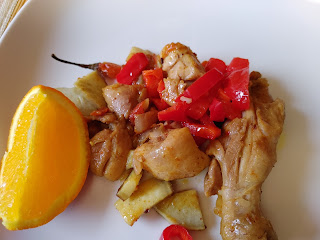The Bread Crust Parent
I can’t bake. I can buy flour, baking powder, yeast, butter milk and sugar, but I cannot knead all the ingredients, mold them into shapes, put them on a baking tray and make tea biscuits (scones) or bread. Poor Mama! How she tried. Baking is something that still eludes me. That’s why I’ve accepted that I can’t bake, but I appreciate the crust.
I am the first born child so I had responsibilities, like younger ones looking at me because they are hungry, or because they can’t find their shoes. I also had privileges. I ate the crust. In ‘highly developed’ countries people throw it away with the plastic bag. I don’t. I break it into crumbs and eat it with amasi (yogurt). Younger sisters and cousins craved for the crust but mama and grandma told them I get the crust because I’m older. When I was younger, my cousin Phumzile got the crust because she was older.
And here we are in 2024, still appreciating the wisdom behind the crust when I still don’t know how to bake. A loaf of bread has two equal crusts because they are sentries. They protect the food inside. The inner bread is higher when you remove it from the oven. The two crusts are lower. Yes, everything is flat in some bread, but in general, the top of the loaf is higher and that is made possible by the force of the crusts. They sacrifice themselves to let the inner bread rise as far as it can go.
Sandwiches. We make sandwiches from the slices in the center. They are nice and soft. The crust is hard, because of its responsibility. You don’t know that, but younger kids do. That’s why sisters and cousins could not wait to grow up, and get the crust. It doesn’t make sense, you say. It will, when you start eating the crust. You will appreciate your ‘present’ parent more. Present parent? The parent that stays with you from start to finish. The crust parent stays. The soft bread moves away to pursue solo dreams and become sandwiches in the mouths of people who did not knead the dough.
Nonqaba waka Msimang
Blogger Without Borders





Comments